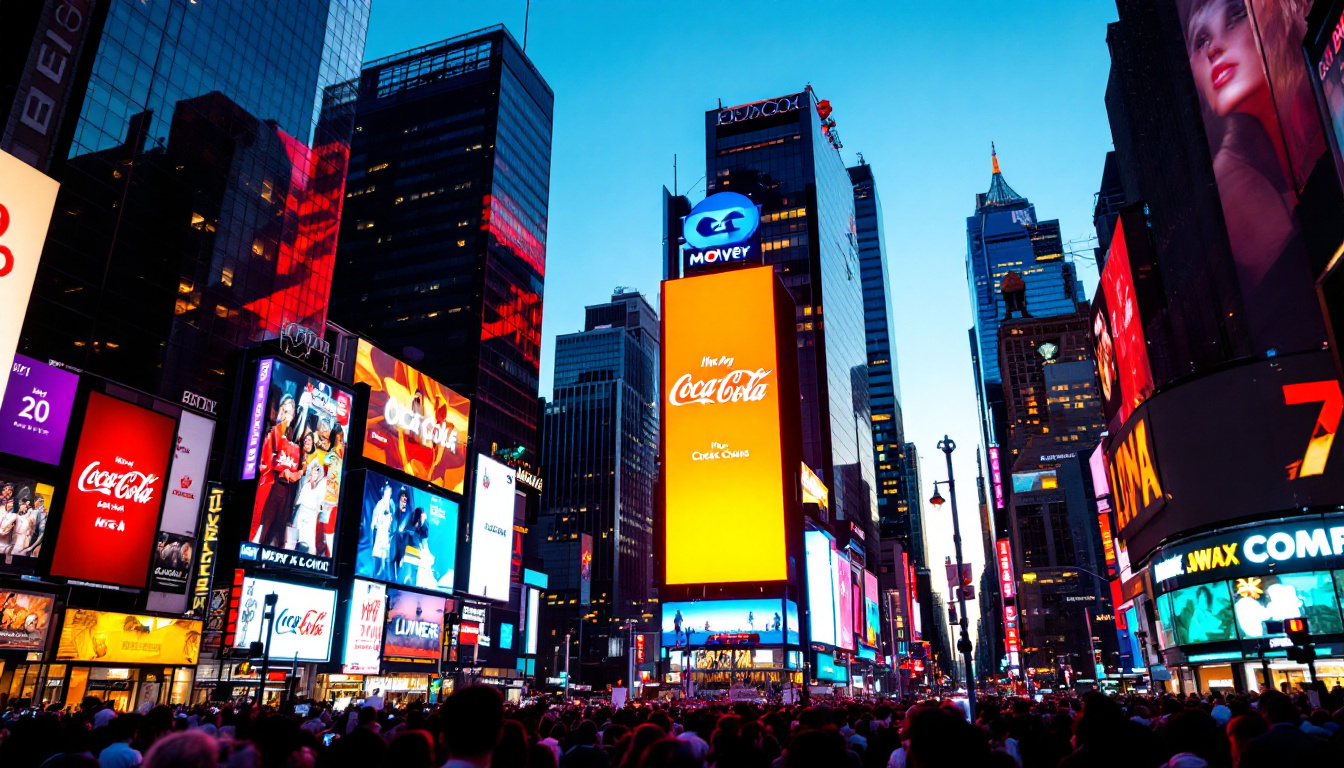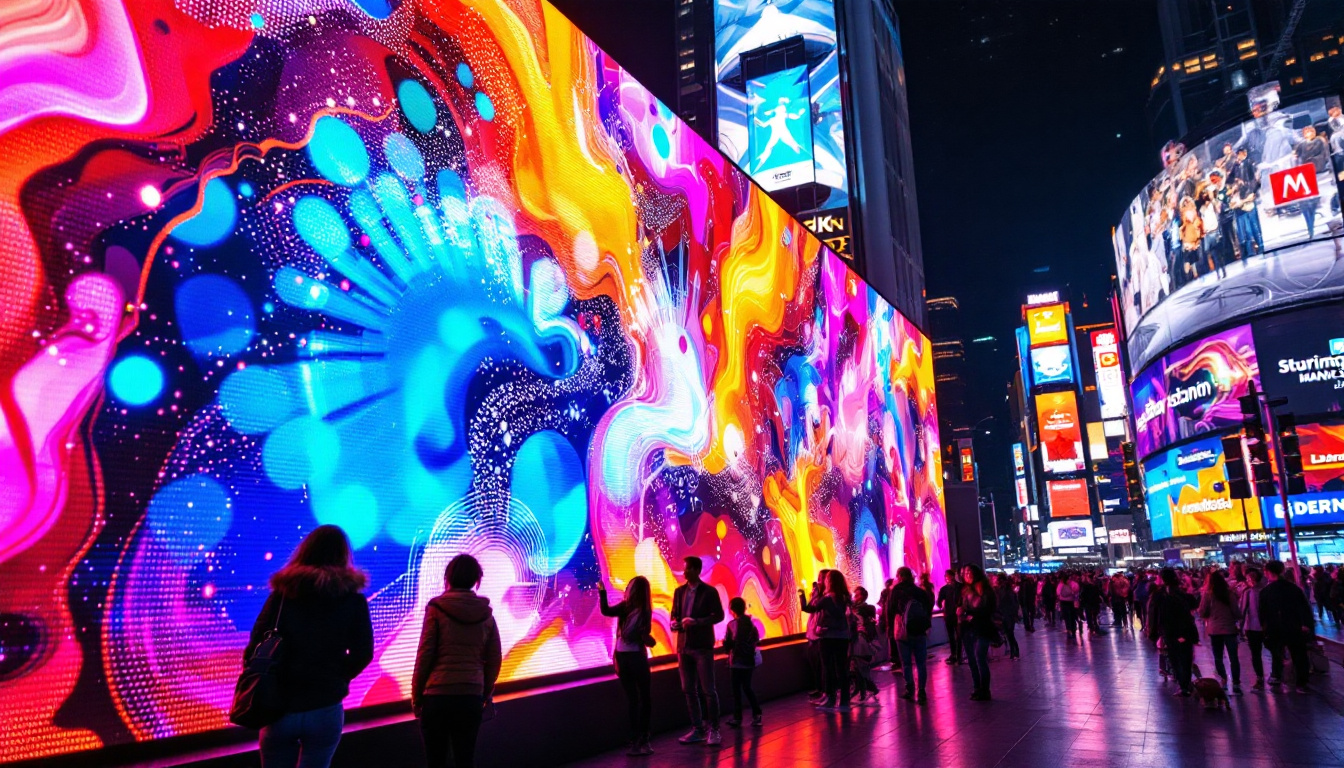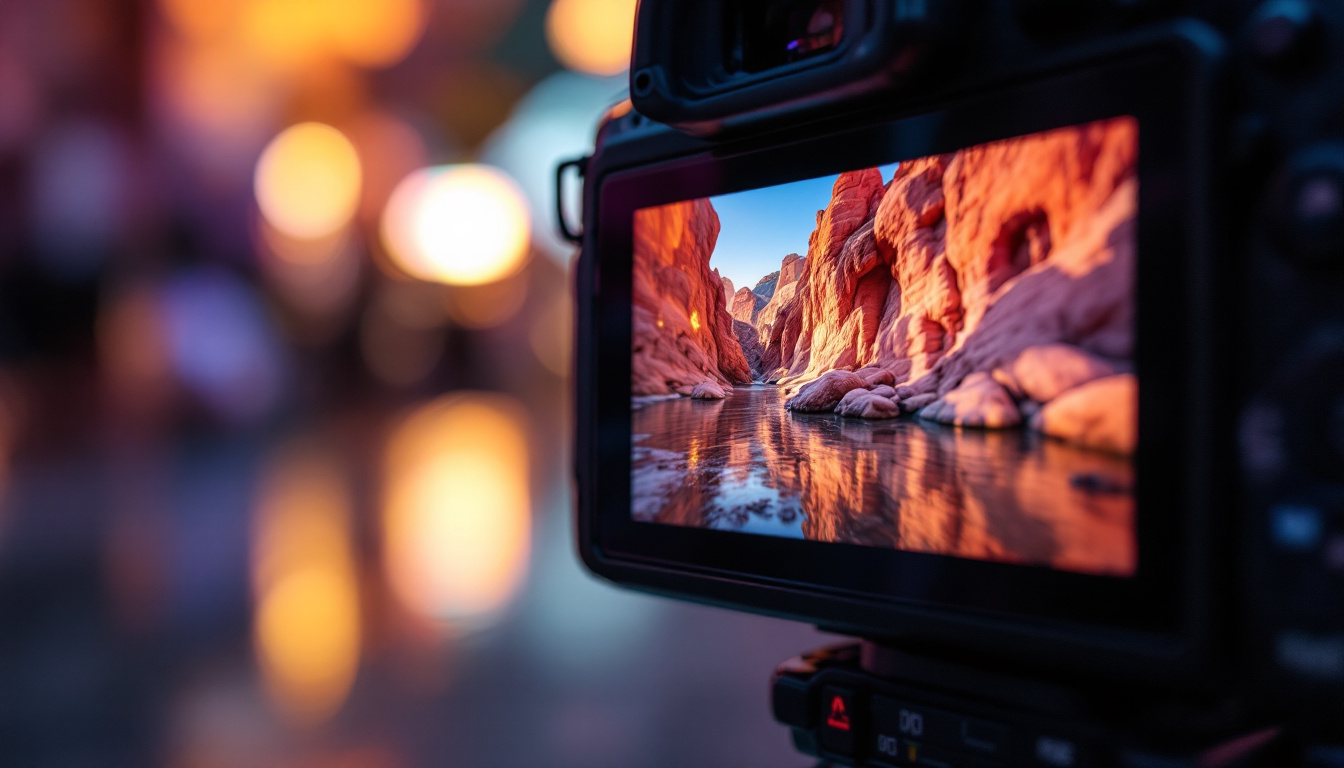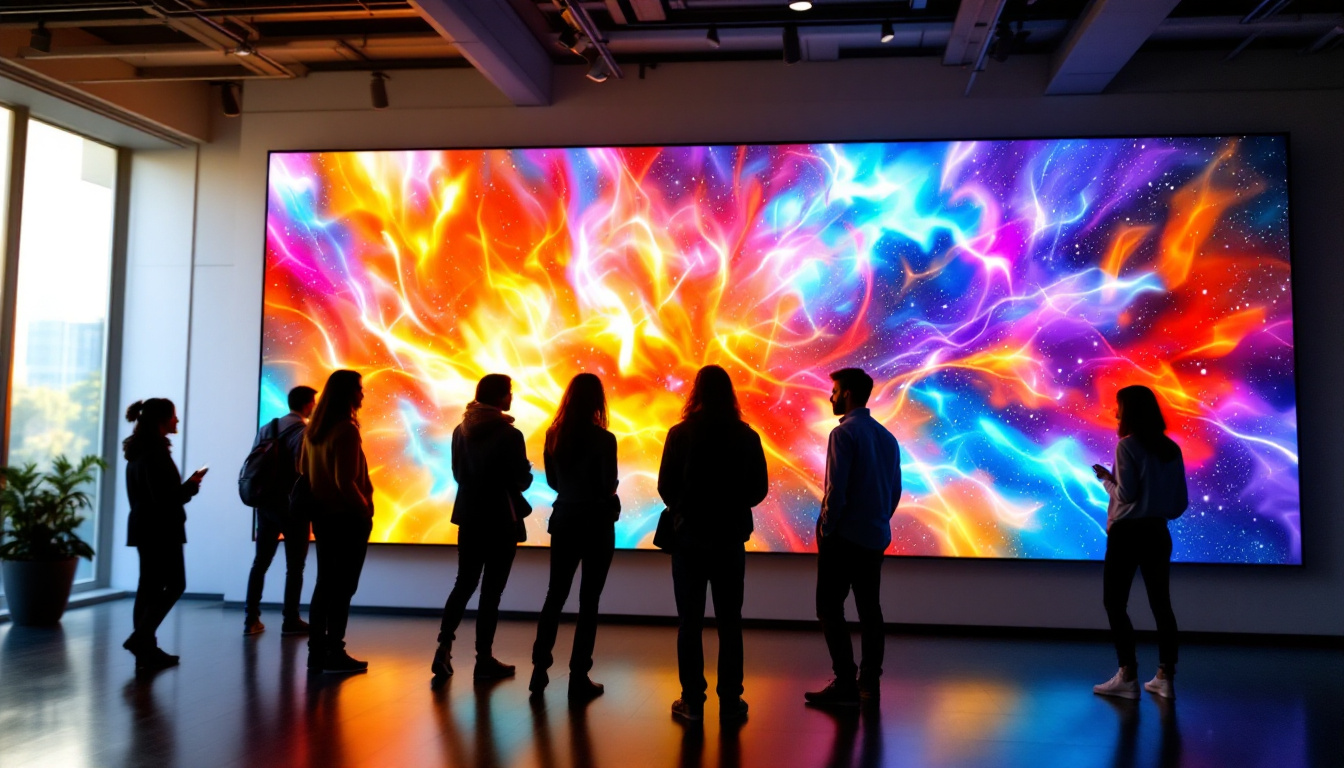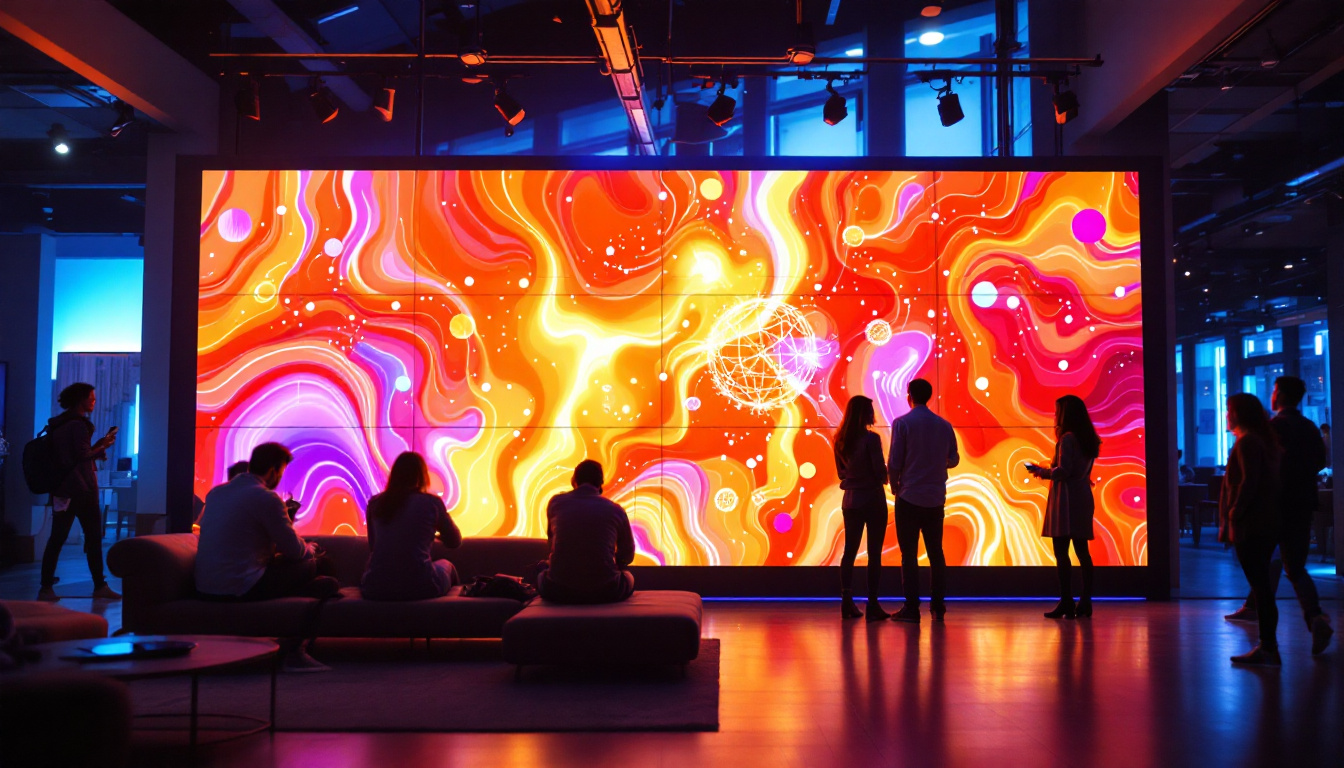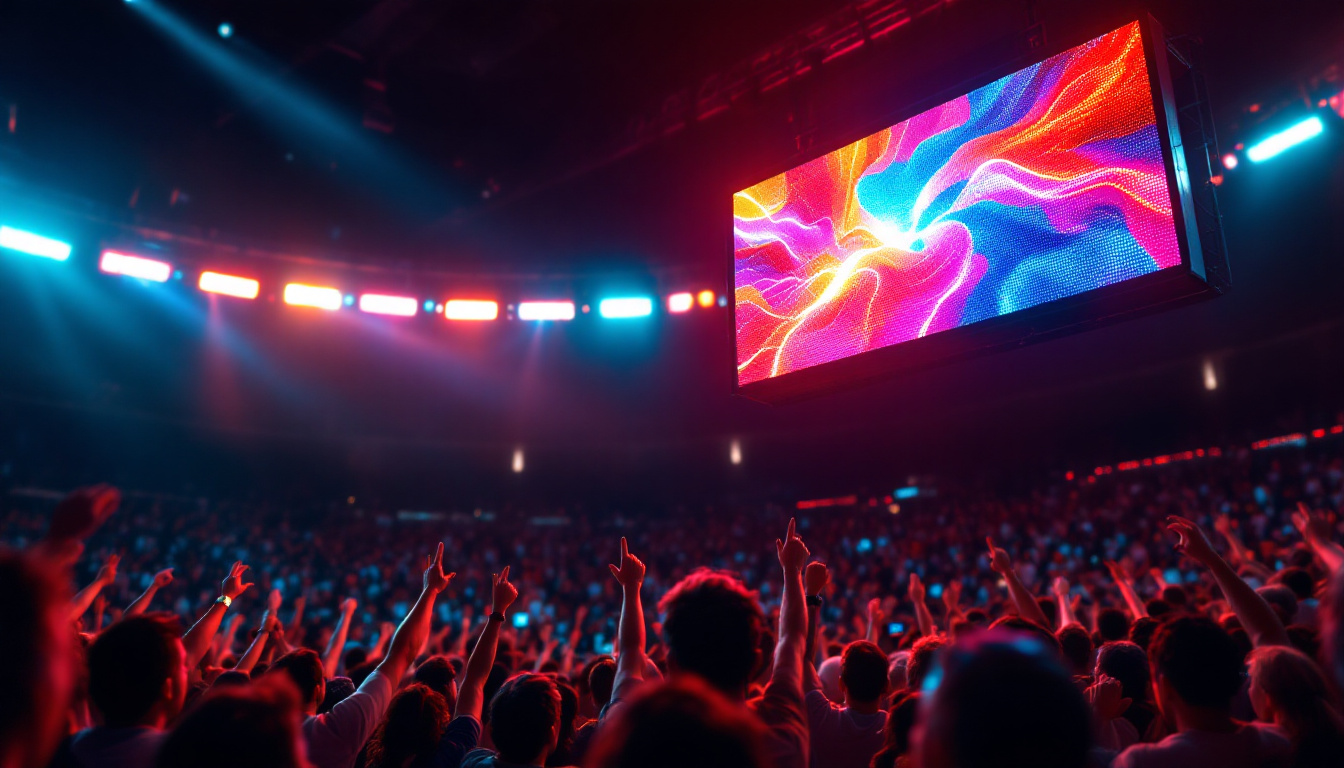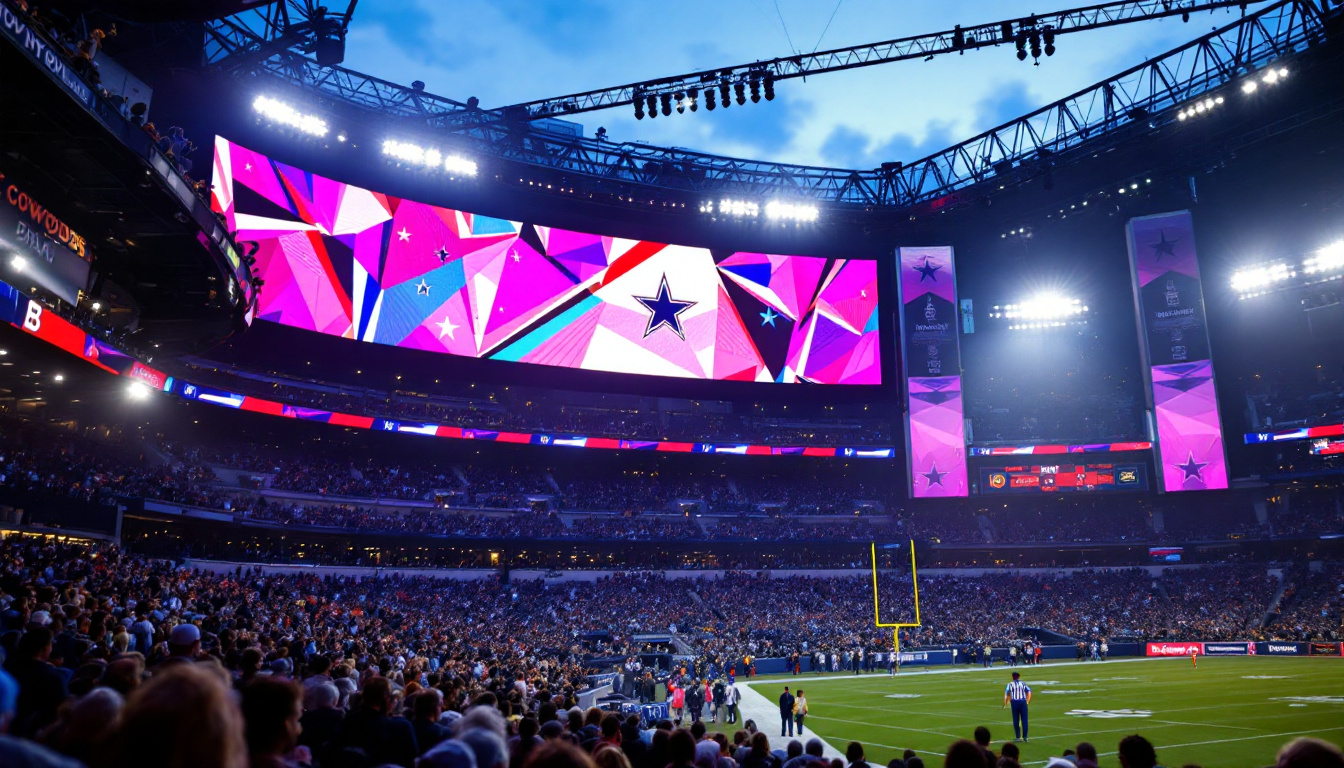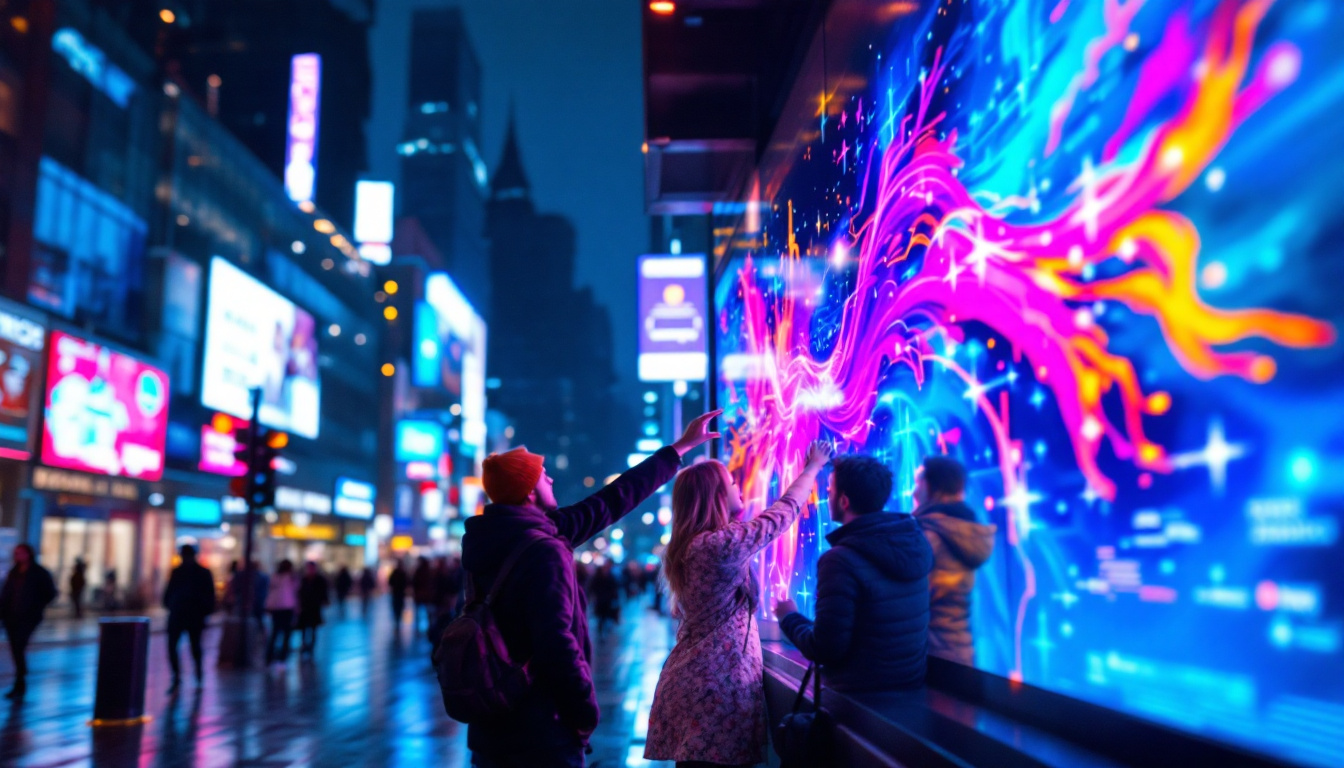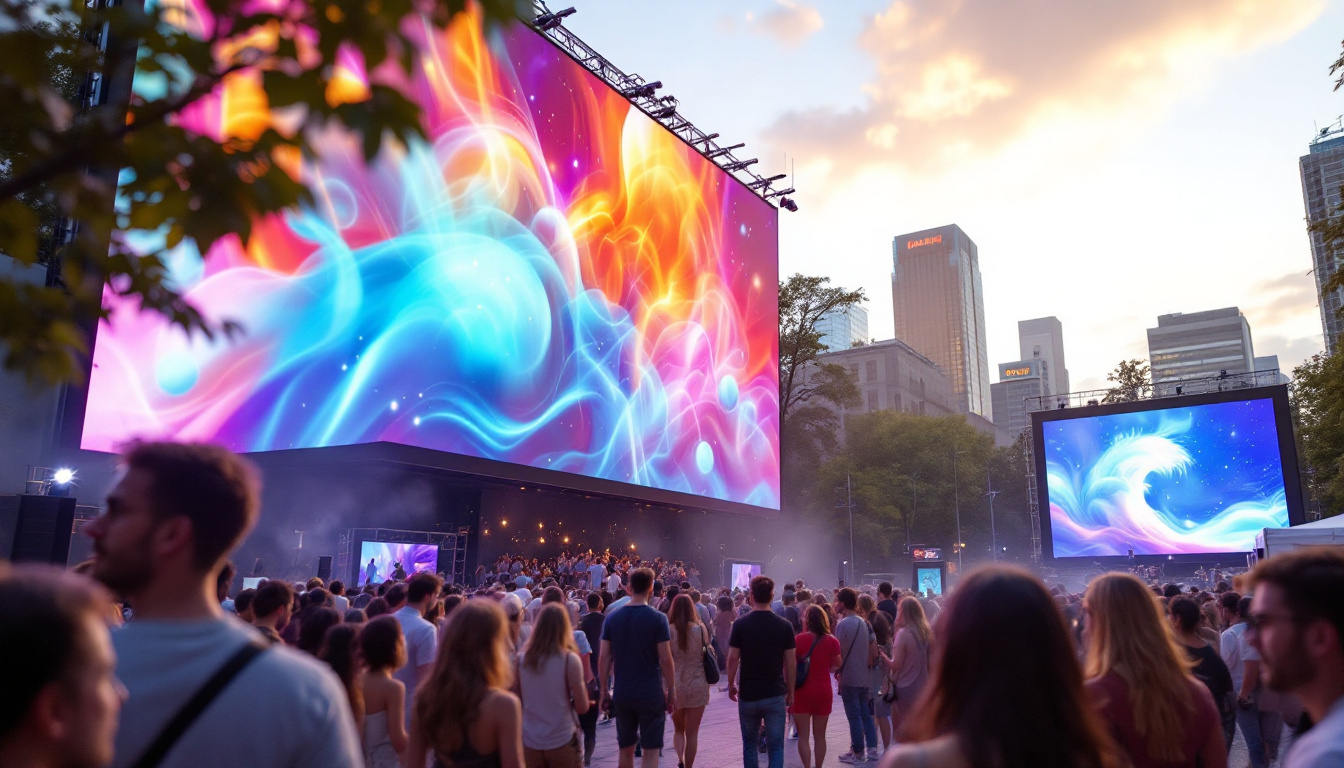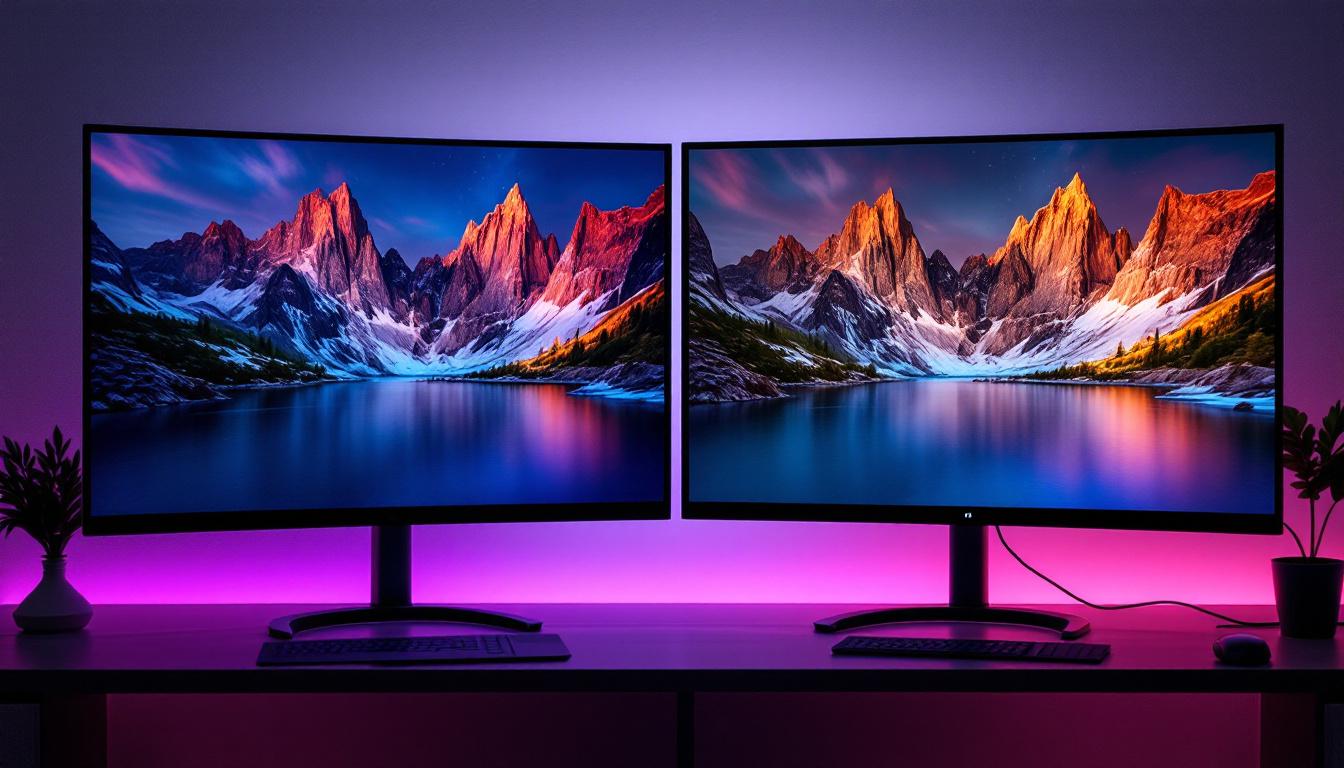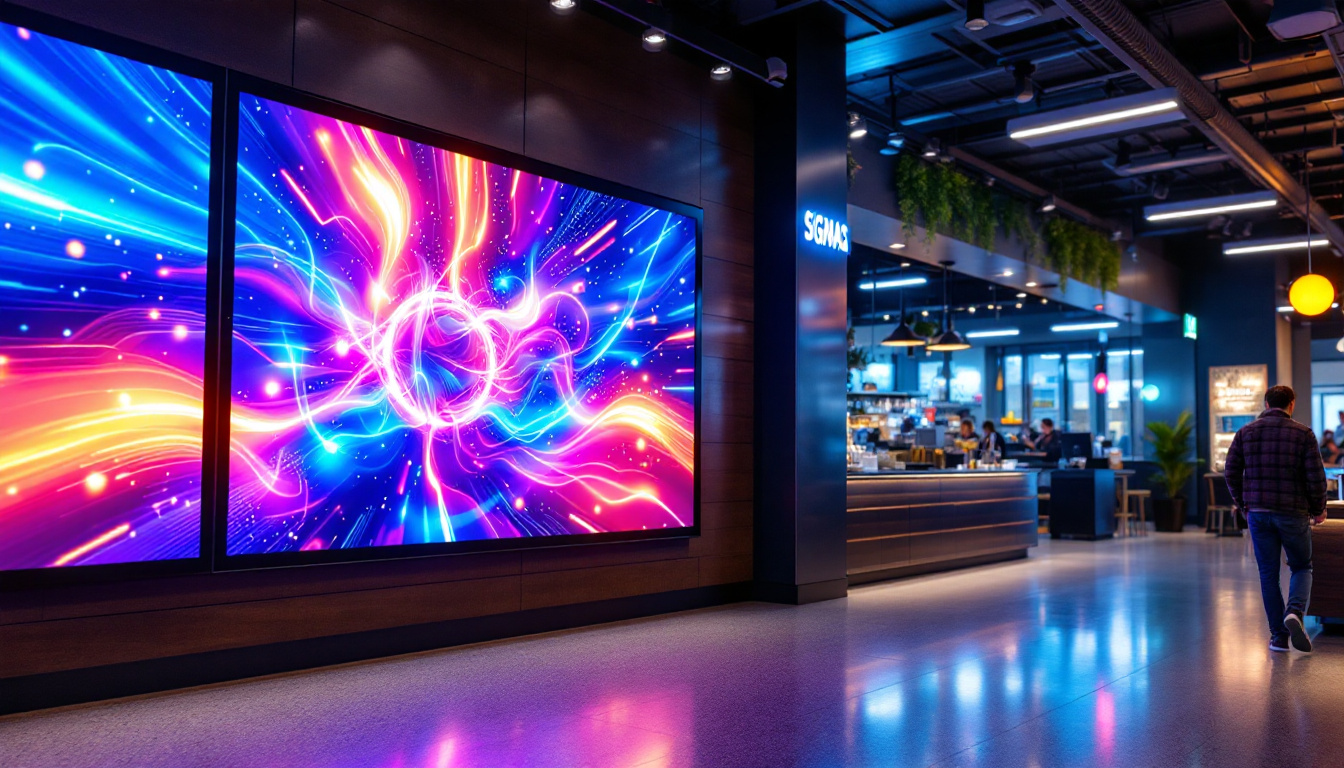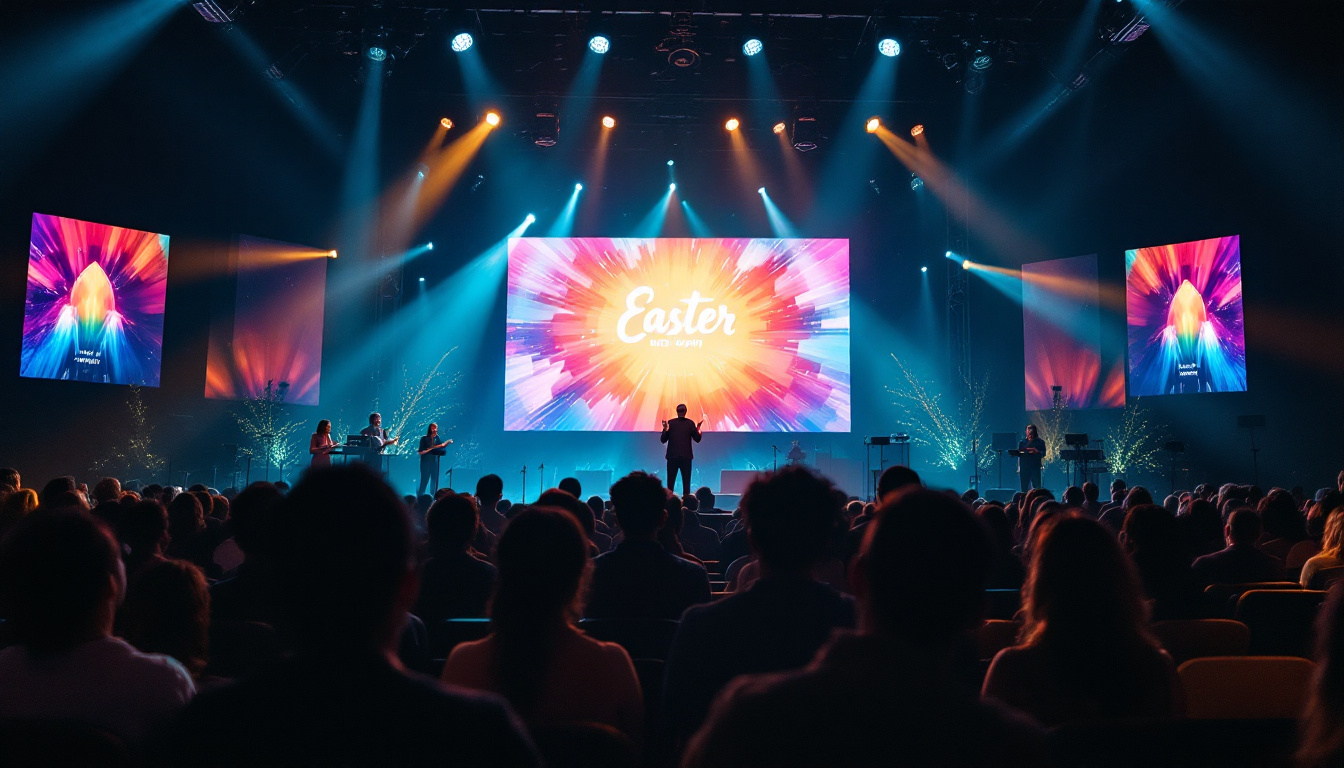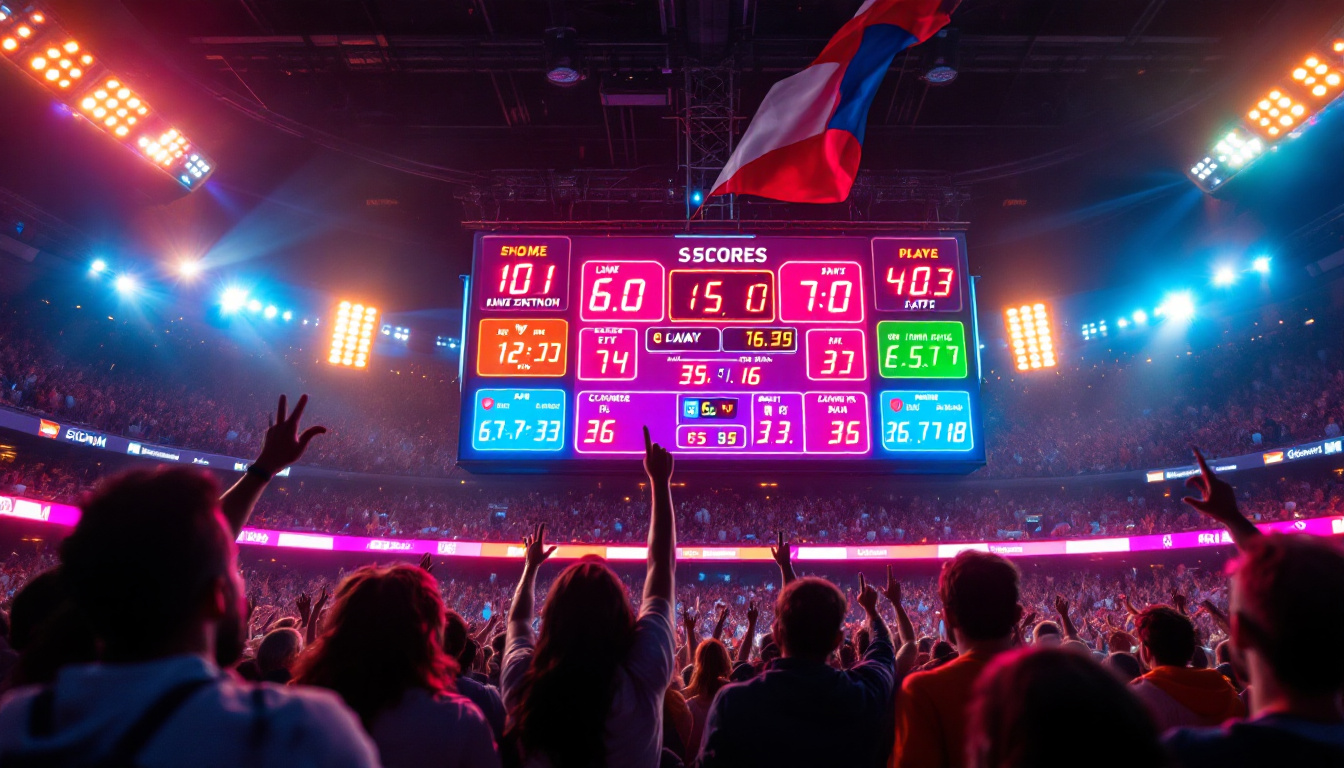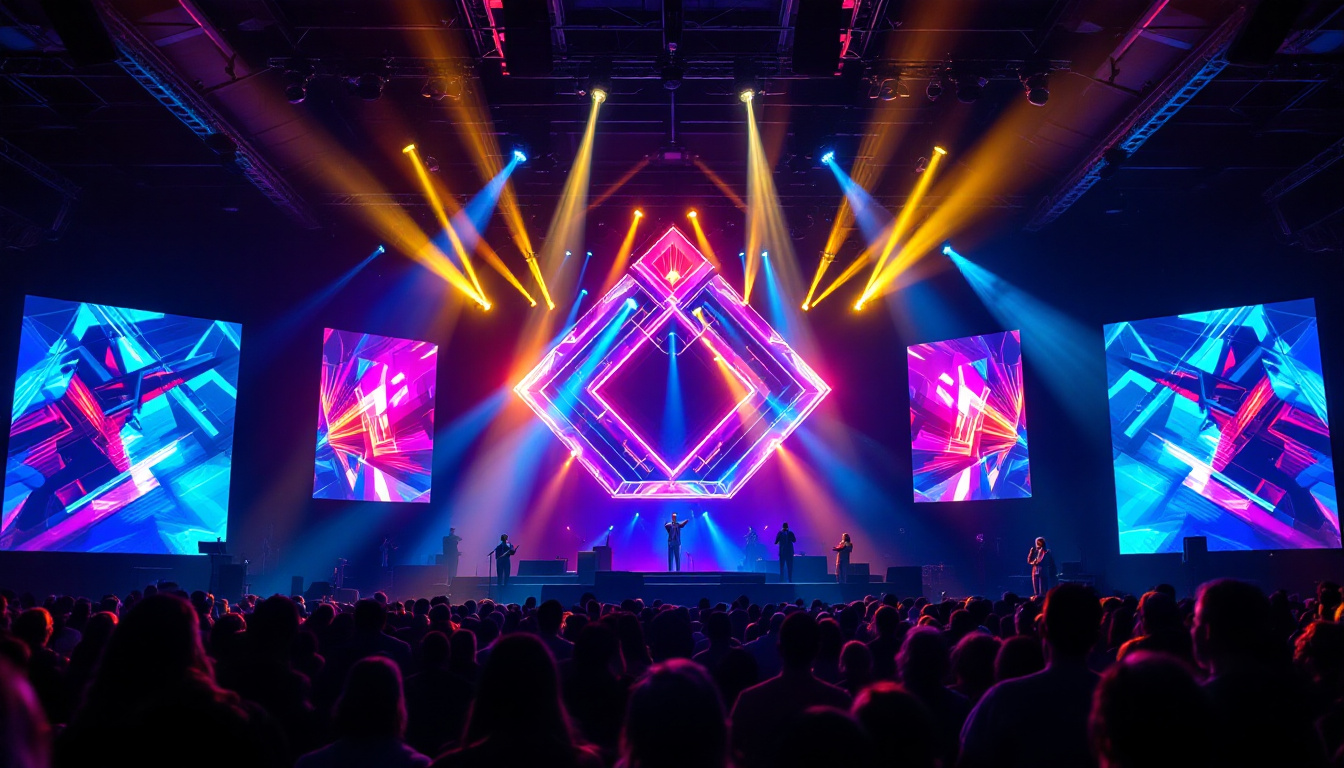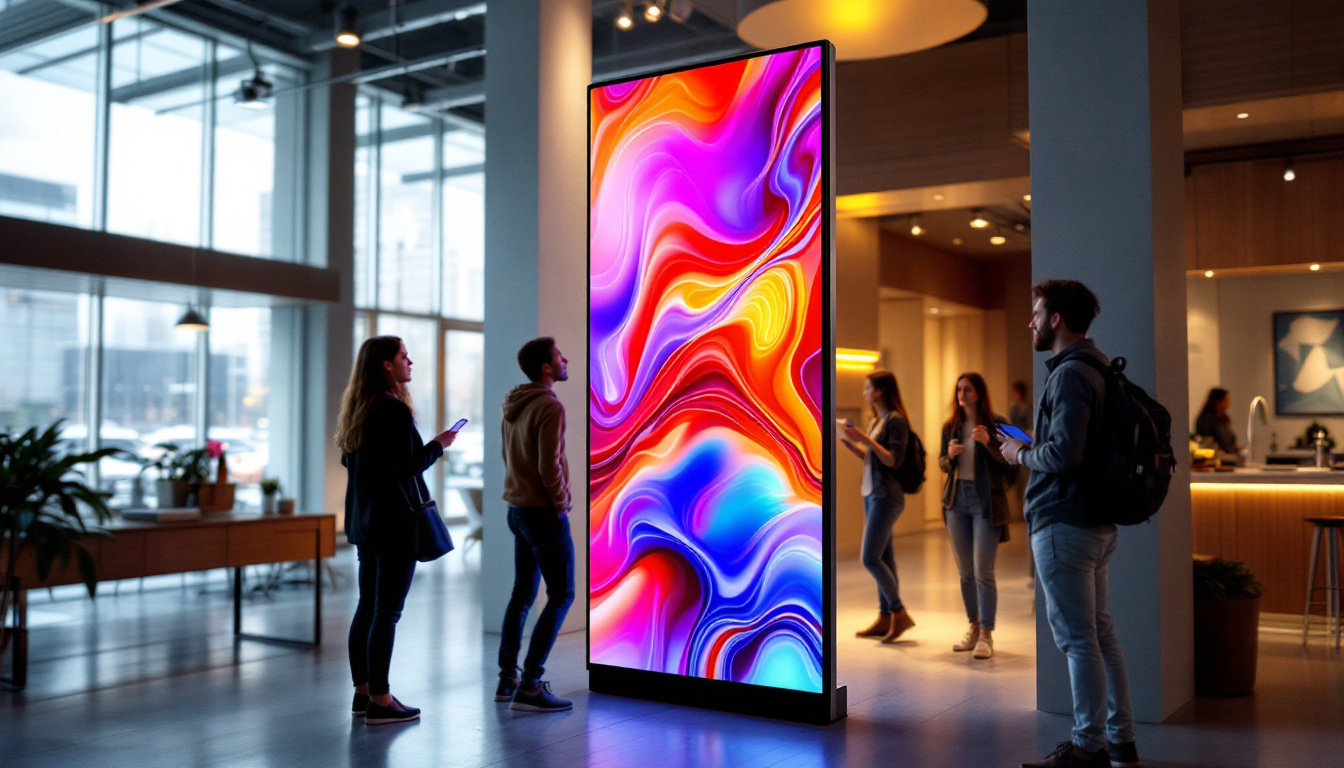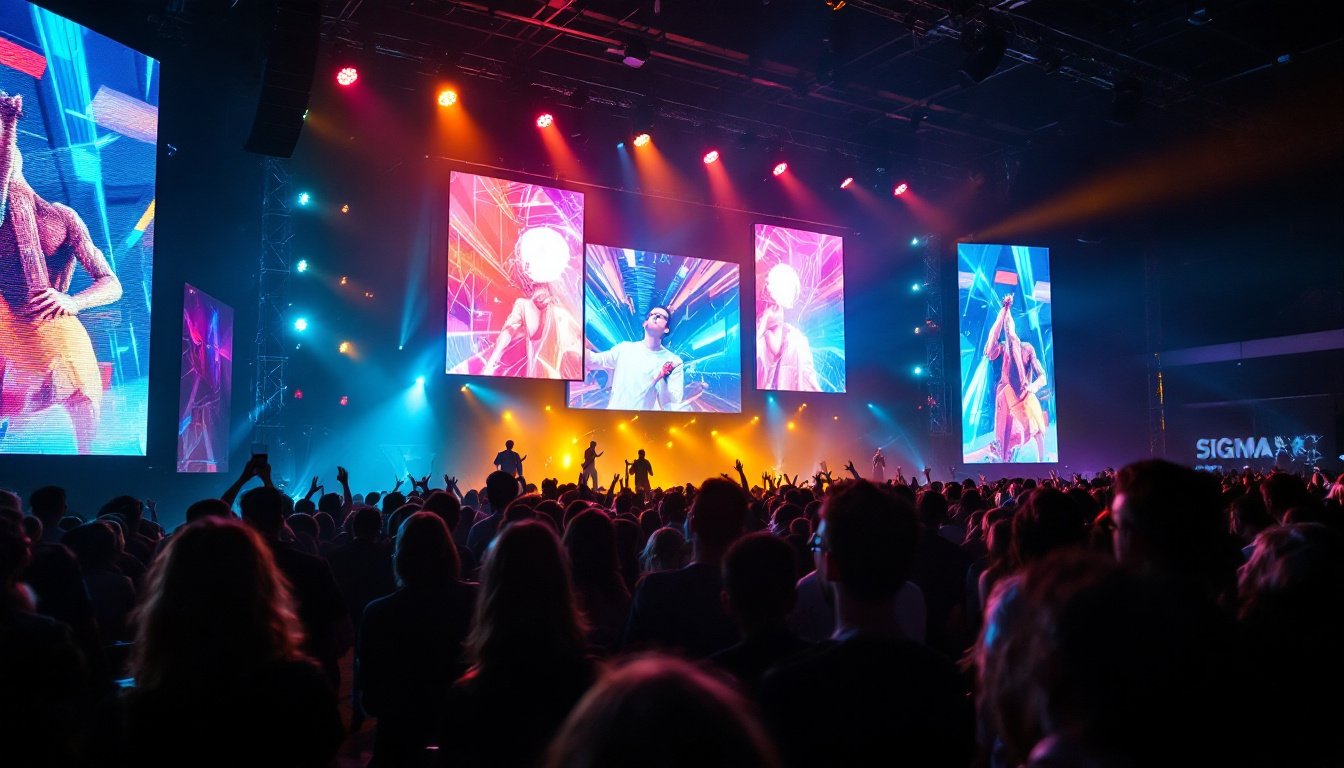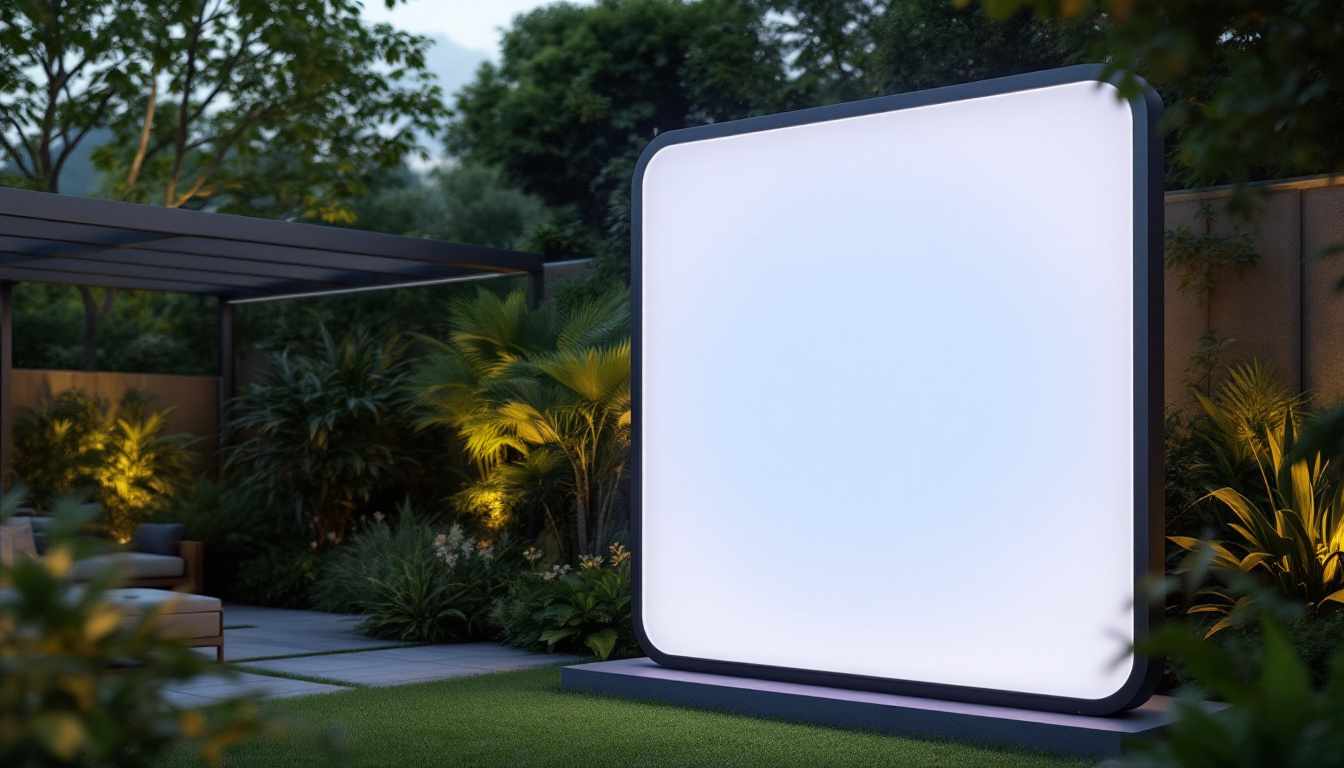The Coca Cola billboard in Times Square is not just a mere advertisement; it is a landmark that encapsulates the vibrancy and energy of New York City. This iconic LED display has become a symbol of modern advertising, showcasing the intersection of technology and creativity. In this article, we will delve into the history, technology, and impact of the Coca Cola Times Square billboard, shedding light on what makes it so special.
History of the Coca Cola Billboard
The Coca Cola billboard in Times Square has a rich history that dates back to the early 20th century. Originally, Coca Cola began advertising in Times Square in 1900, but it wasn’t until 1931 that the company unveiled its first illuminated sign. This marked the beginning of a long-standing relationship between Coca Cola and the bustling heart of New York City.
Evolution Over the Years
As technology advanced, so did the billboard. The original sign was a simple painted advertisement, but it quickly transformed into a neon-lit spectacle that captured the attention of passersby. In 2003, Coca Cola took a significant leap by replacing the neon sign with a state-of-the-art LED display, allowing for dynamic content and vibrant colors that could be seen from blocks away.
This evolution reflects not only Coca Cola’s commitment to innovation but also the changing landscape of advertising. The LED display has enabled the brand to engage with its audience in real-time, showcasing everything from seasonal promotions to interactive campaigns. The ability to change content instantly has allowed Coca Cola to remain relevant in an ever-evolving digital world, ensuring that the billboard continues to be a focal point of Times Square.
Significant Milestones
Throughout its history, the Coca Cola billboard has celebrated numerous milestones. One of the most notable was the introduction of the “Holidays Are Coming” campaign, which has become a beloved tradition for many New Yorkers and tourists alike. Each year, the billboard transforms into a festive display, signaling the start of the holiday season.
Additionally, the billboard has served as a platform for social causes and community engagement. Coca Cola has utilized the space to promote messages of unity and sustainability, reinforcing its brand values while contributing to the social fabric of the city. Notably, during significant events such as the New York City Pride Parade, the billboard has showcased messages of support and inclusivity, demonstrating the brand’s alignment with the values of the community.
Moreover, the Coca Cola billboard has become a cultural icon in its own right, often featured in films, television shows, and photographs that capture the essence of New York City. Its bright lights and bold colors have made it a must-see attraction for visitors, who often share their experiences on social media, further amplifying its reach and impact. As a symbol of both nostalgia and modernity, the billboard continues to evolve while remaining a cherished landmark in the ever-changing landscape of Times Square.
Technology Behind the LED Display
The technological marvel of the Coca Cola Times Square billboard is a testament to modern engineering and design. The LED display is not only visually stunning but also highly functional, allowing for a variety of content to be showcased seamlessly.
Design and Specifications
The billboard measures an impressive 1,800 square feet, making it one of the largest LED displays in the world. It is composed of thousands of individual LED modules, each capable of producing vibrant colors and high-resolution images. This level of detail ensures that the content is sharp and eye-catching, even from a distance.
Moreover, the display is designed to be energy-efficient, utilizing advanced technology that minimizes power consumption while maximizing brightness. This commitment to sustainability is in line with Coca Cola’s broader corporate responsibility initiatives, demonstrating that advertising can be both impactful and environmentally friendly.
In addition to its size and energy efficiency, the billboard is equipped with cutting-edge weather-resistant technology, allowing it to withstand the elements of New York City. Rain, snow, or intense sunlight pose no threat to the display’s functionality or clarity. This durability ensures that Coca Cola’s messaging remains uninterrupted, maintaining visibility and engagement with the bustling crowd of Times Square at all times.
Content Management System
At the heart of the billboard’s functionality is a sophisticated content management system (CMS). This system allows Coca Cola to update the display in real-time, ensuring that the content is always fresh and relevant. Whether it’s a new product launch or a special event, the CMS enables quick adjustments that keep the audience engaged.
The flexibility of the CMS also allows for interactive elements, such as social media integration. Viewers can see live feeds of tweets or posts related to Coca Cola, creating a two-way interaction that enhances the overall experience. This level of engagement is crucial in today’s advertising landscape, where consumers seek more than just passive viewing.
Furthermore, the CMS is designed with analytics capabilities that track viewer engagement and interaction patterns. This data allows Coca Cola to tailor their advertising strategies based on real-time feedback, optimizing the content for maximum impact. By understanding what resonates with their audience, Coca Cola can create targeted campaigns that not only promote their products but also foster a deeper connection with consumers, making the billboard a dynamic tool for brand storytelling in the heart of one of the world’s busiest intersections.
Impact on Advertising and Culture
The Coca Cola billboard in Times Square has transcended its role as a mere advertisement; it has become a cultural icon. Its presence in one of the most visited locations in the world has significant implications for both advertising and urban culture.
Influence on Advertising Strategies
The success of the Coca Cola billboard has influenced countless brands to rethink their advertising strategies. The use of LED technology and dynamic content has set a new standard in the industry, pushing brands to invest in high-quality displays that capture attention and convey messages effectively.
Moreover, the billboard’s ability to adapt to current trends and events has encouraged brands to adopt a more agile approach to advertising. real-time marketing has become a buzzword, with companies striving to create timely and relevant content that resonates with their audience. This shift has led to the rise of interactive campaigns, where consumers are not just passive viewers but active participants in the brand narrative. Social media integration has further amplified this effect, allowing brands to engage with their audience in real-time, creating a sense of community around their products.
Cultural Significance
Beyond advertising, the Coca Cola billboard has become a part of the cultural fabric of New York City. It is a landmark that tourists flock to, often capturing photos in front of it as a rite of passage. The billboard has appeared in countless films, TV shows, and media, solidifying its status as a symbol of the city. Its glowing presence at night adds a magical touch to the bustling atmosphere of Times Square, making it a beacon of excitement and energy.
Additionally, the billboard serves as a canvas for artistic expression. Collaborations with artists and designers have resulted in unique displays that go beyond traditional advertising, transforming the billboard into a platform for creativity and innovation. These artistic endeavors not only enhance the visual landscape of Times Square but also invite dialogue about the intersection of commerce and art. Events such as pop-up installations and themed displays have further enriched the cultural experience, allowing the billboard to reflect the diverse voices and stories of the city. As a result, it has become a space where art meets advertising, challenging the conventional boundaries of both realms.
Future of the Coca Cola Billboard
As technology continues to evolve, so too will the Coca Cola billboard in Times Square. The future promises exciting possibilities, with advancements in augmented reality (AR) and virtual reality (VR) set to revolutionize the way brands engage with their audiences.
Integration of Augmented Reality
Imagine standing in Times Square and using your smartphone to interact with the Coca Cola billboard in real-time. With the integration of AR technology, viewers could experience immersive content that enhances their understanding of the brand and its products. This could range from interactive games to virtual experiences that allow consumers to engage with Coca Cola in new and exciting ways.
Such innovations would not only elevate the advertising experience but also create memorable interactions that resonate with consumers long after they leave Times Square.
Sustainability Initiatives
As the world becomes increasingly conscious of environmental issues, Coca Cola is likely to continue its focus on sustainability. Future iterations of the billboard may incorporate even more energy-efficient technologies and eco-friendly materials, reinforcing the brand’s commitment to corporate responsibility.
By leading the way in sustainable advertising, Coca Cola can inspire other brands to follow suit, contributing to a greener future for the advertising industry as a whole.
Conclusion
The Coca Cola billboard in Times Square is more than just a display; it is a dynamic fusion of art, technology, and culture. Its evolution over the years reflects the changing landscape of advertising and the importance of engaging with consumers in meaningful ways. As technology continues to advance, the possibilities for this iconic billboard are limitless, promising to maintain its status as a landmark for years to come.
In a world where attention spans are fleeting, the Coca Cola Times Square billboard stands as a testament to the power of creativity and innovation in advertising. It serves as a reminder that, at its best, advertising can transcend mere promotion to become a part of the cultural narrative, enriching the lives of those who encounter it.
Illuminate Your Brand with LumenMatrix
As you’ve seen with the Coca Cola Times Square billboard, LED technology is at the forefront of advertising innovation, transforming brand stories into captivating visual experiences. LumenMatrix stands as a beacon in this realm, offering a spectrum of LED display solutions that bring your message to life. From Indoor and Outdoor LED Wall Displays to specialized solutions like Vehicle, Sports, and Floor LED Displays, LumenMatrix tailors to your unique needs. Embrace the future of visual communication and check out LumenMatrix LED Display Solutions to create your own iconic display that resonates with audiences and leaves a lasting impression.

